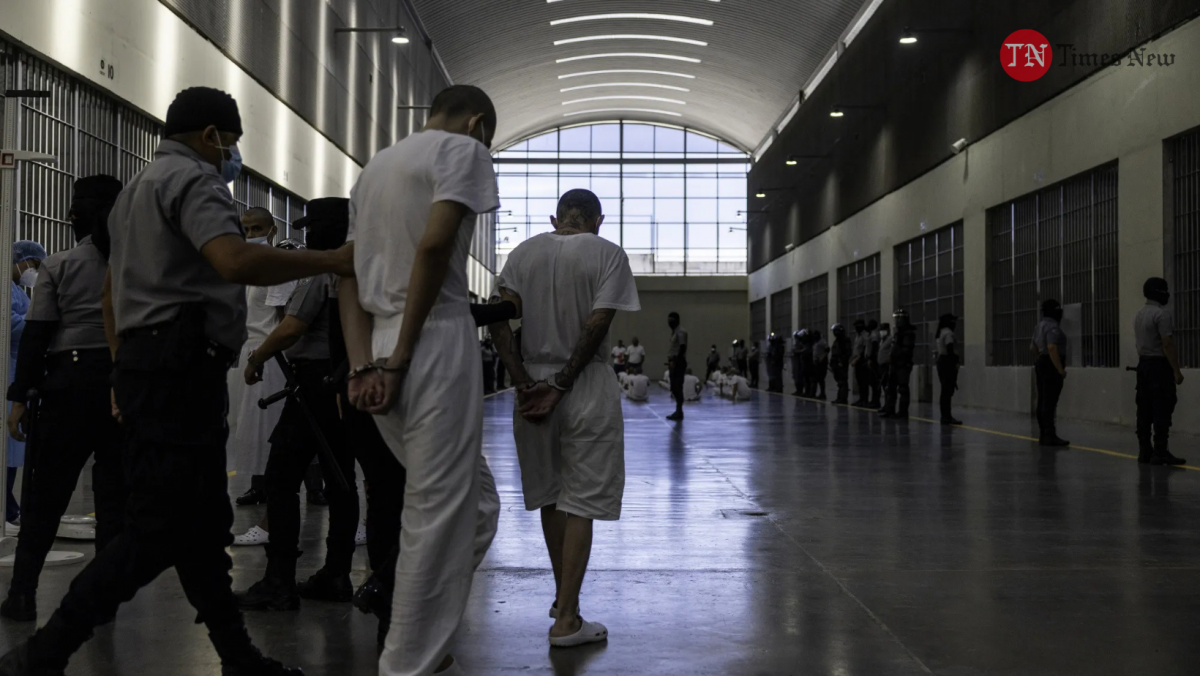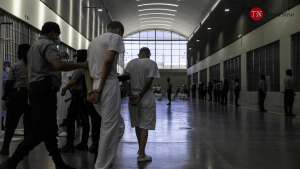
The Centers for Disease Control and Prevention (CDC) have raised alarms as the BA.2.86 variant of COVID-19 surges across the United States, estimated to account for nearly 1 in 10 new cases. Figures released by the CDC indicate a significant uptick in the prevalence of this highly mutated strain, particularly in the Northeast, with New York and New Jersey reporting 13.1% of cases attributed to this variant. Previously grouped with other BA.2 strains due to its rarity, BA.2.86 has now emerged as a standalone concern, tripling its estimated prevalence in just two weeks, as per the CDC’s latest data.
While concerns loom over the surge of BA.2.86, health authorities highlight that this variant, though rapidly spreading, does not appear to present worsened symptoms compared to earlier strains. Despite the rise, the CDC suggests that BA.2.86 isn’t currently driving increases in infections or hospitalizations nationwide. However, attention has turned to a descendant of BA.2.86 known as JN.1, swiftly becoming the fastest-growing subvariant worldwide. Reports indicate its prevalence, comprising up to a third of sequenced COVID-19 variants in the U.S., urging continued monitoring and assessment by health authorities.
The CDC remains cautiously optimistic about the efficacy of existing COVID-19 tests, treatments, and this season’s vaccines against the JN.1 variant. However, as the winter approaches and COVID-19 indicators begin to surge across the nation, the emergence and rapid spread of these variants underscore the ongoing need for vigilant monitoring and continued public health measures to curb the potential impact of these evolving strains.
Pic Courtesy: google/ images are subject to copyright









